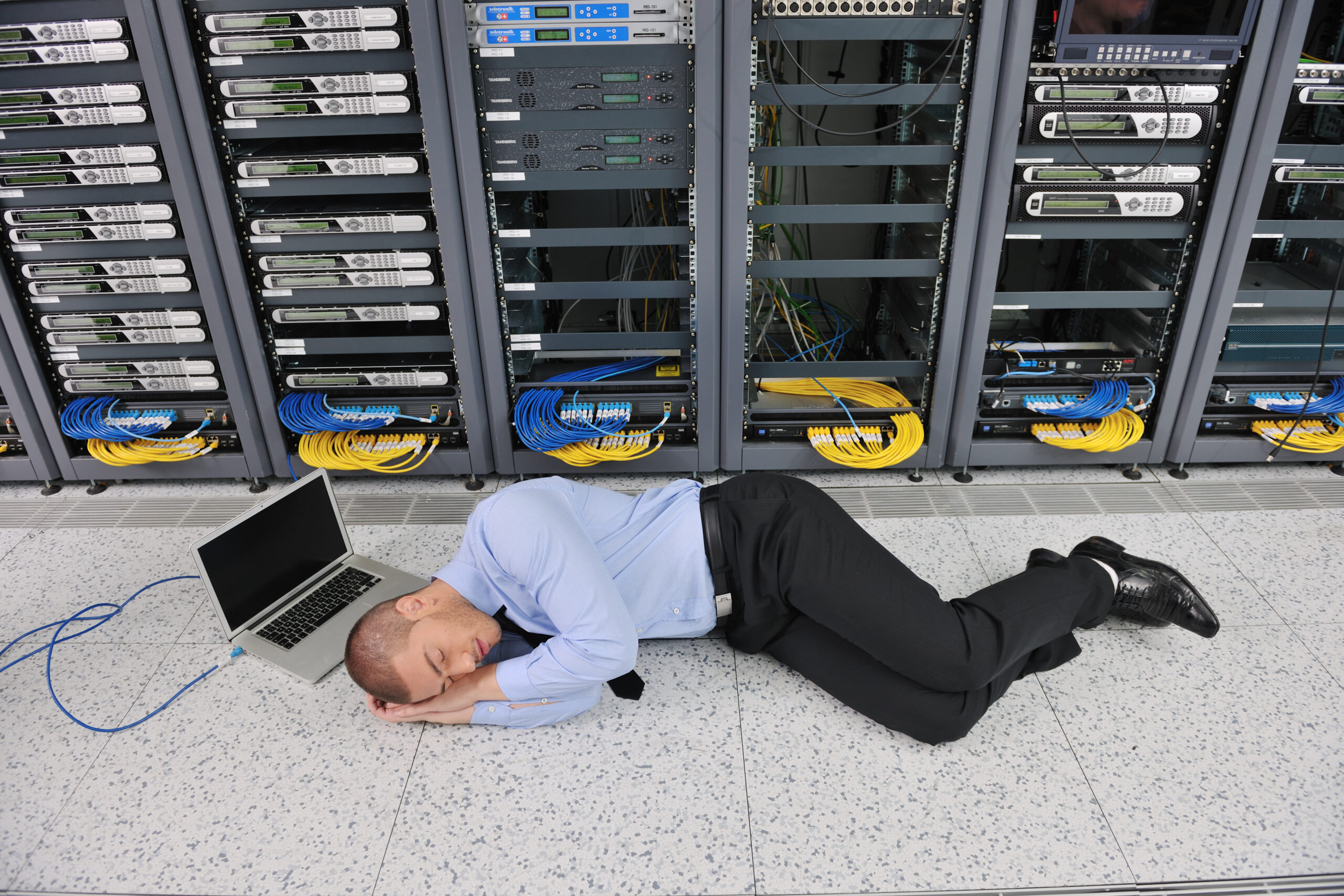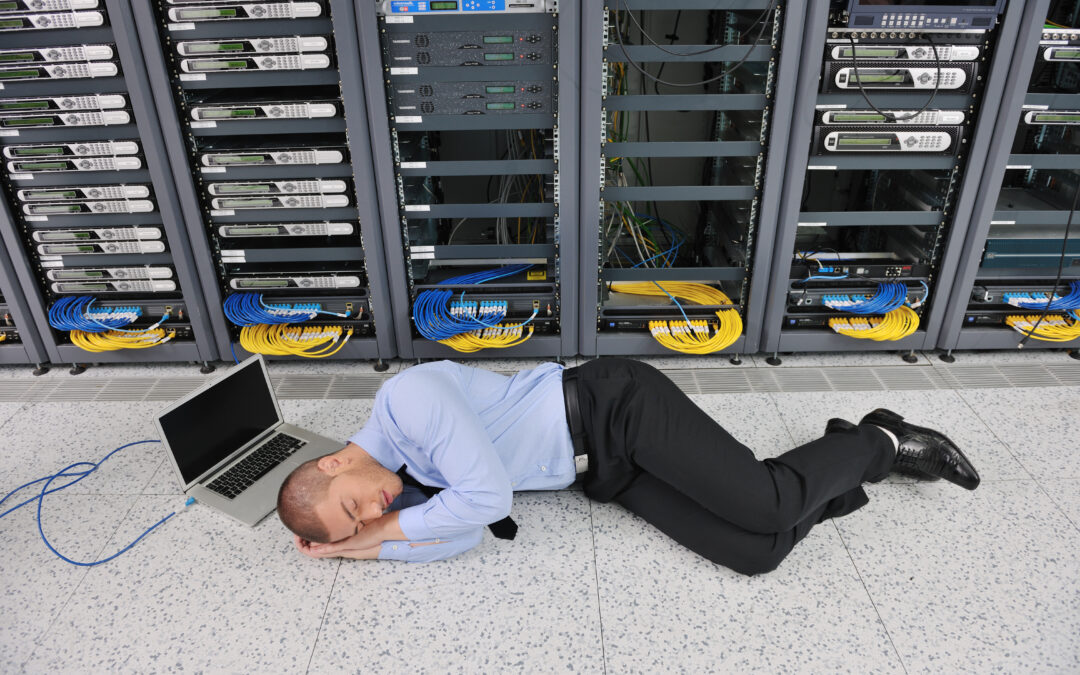Disasters can strike at any time, and it’s essential that you are prepared. Whether it be a natural disaster like hurricane or earthquake, or man-made catastrophes such as terrorist attacks or pandemics, being ready is critical in ensuring your safety and wellbeing. In this guide, we will cover everything from creating an emergency plan to protecting your home and property during a crisis. Let’s get started!
Introduction to Disaster Preparedness
The first step in preparing for a disaster is understanding what types of emergencies could occur in your area. Research local weather patterns, geological hazards, and potential risks associated with nearby industries or infrastructure. Once you have identified possible threats, it’s crucial to create a comprehensive plan that includes evacuation routes, emergency contacts, and safe meeting places.
Creating a Disaster Plan
Start by identifying potential risks and assessing how they may impact your family or business. Determine the best escape routes and safe locations to shelter in place if necessary. Make sure everyone knows their roles and responsibilities during an emergency situation. It’s also important to establish communication protocols so that loved ones know where you are and when you’re safe. Remember to practice your plan regularly to ensure everyone remembers what to do.
Building an Emergency Kit
Another vital aspect of disaster preparedness is building an emergency kit. This should include supplies such as food, water, medications, flashlights, batteries, and other essentials that will help you survive until help arrives. Consider storing these items in multiple locations throughout your home or office to make them easily accessible during a crisis. Don’t forget about pets either; make sure to include pet food, leashes, and carriers in your emergency kits.
Protecting Your Home and Property
During a disaster, your home and property may be vulnerable to damage or destruction. Take steps to protect your assets by reinforcing doors and windows, trimming trees and shrubs, and securing loose outdoor furniture. Install smoke detectors and carbon monoxide alarms throughout your house, and consider investing in backup generators or sump pumps to prevent flooding.
Staying Informed During a Crisis
Keep up-to-date on current events and stay informed about potential risks through local news channels, social media, and government alert systems. Monitor weather reports and follow instructions from authorities regarding evacuation orders or other safety measures. Stay connected with friends and family members who may be affected by the same event and share information as needed.
Thank you for reading this post, don't forget to subscribe NOW for FREE!
Recovering After a Disaster
After a disaster strikes, it’s essential to take care of yourself and others around you. Seek medical attention if necessary, and reach out to support networks such as counseling services or community organizations. Document all damages and losses, and contact insurance providers to file claims. Be patient and flexible during the recovery process, and don’t hesitate to ask for assistance when needed.

In conclusion, disaster preparedness is not just about having a plan but implementing it beforehand. By following our comprehensive guide, you can rest assured knowing that you and your loved ones are equipped to handle whatever life throws your way.






